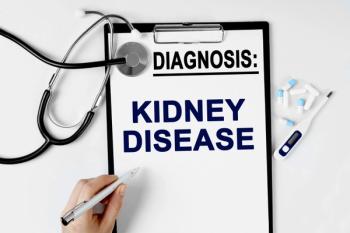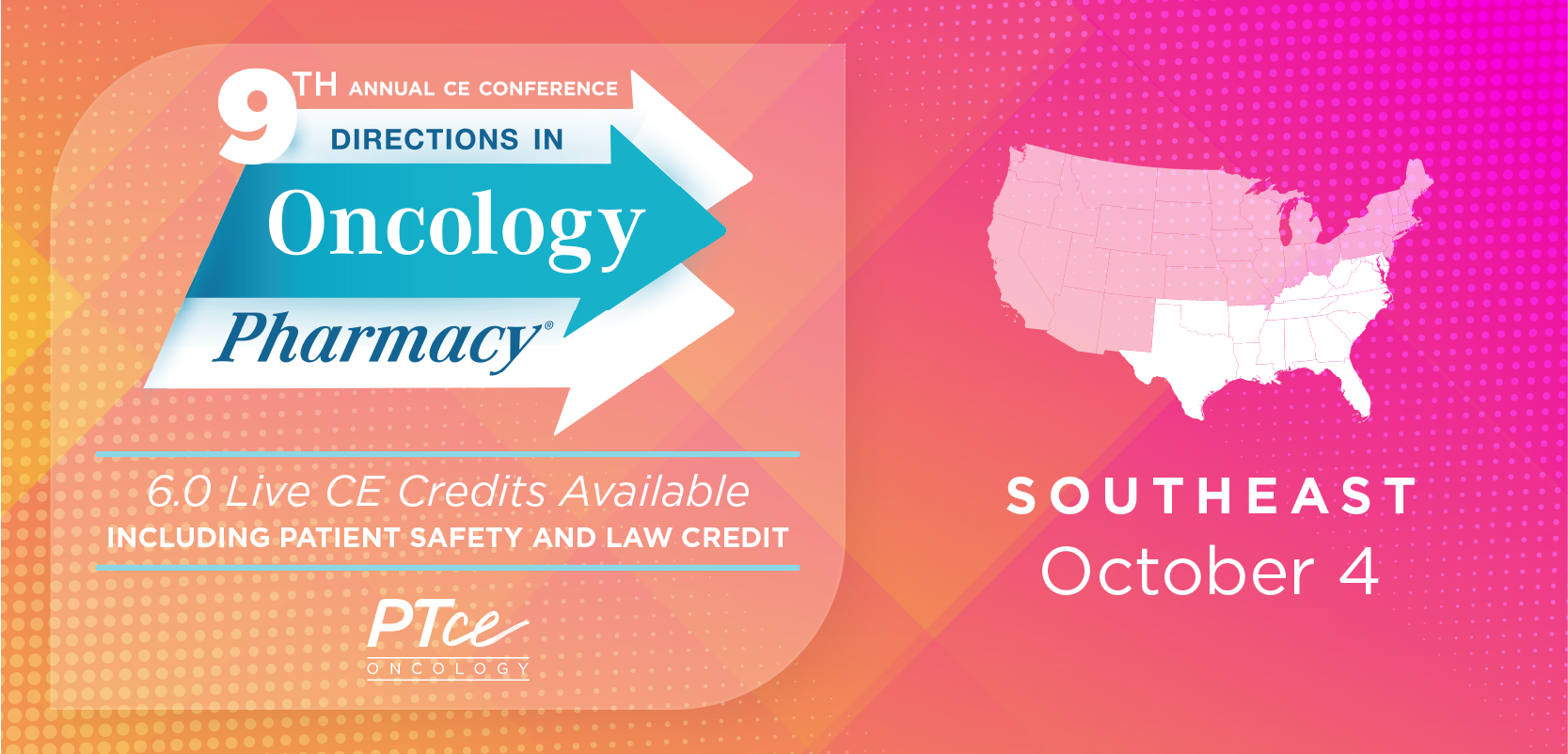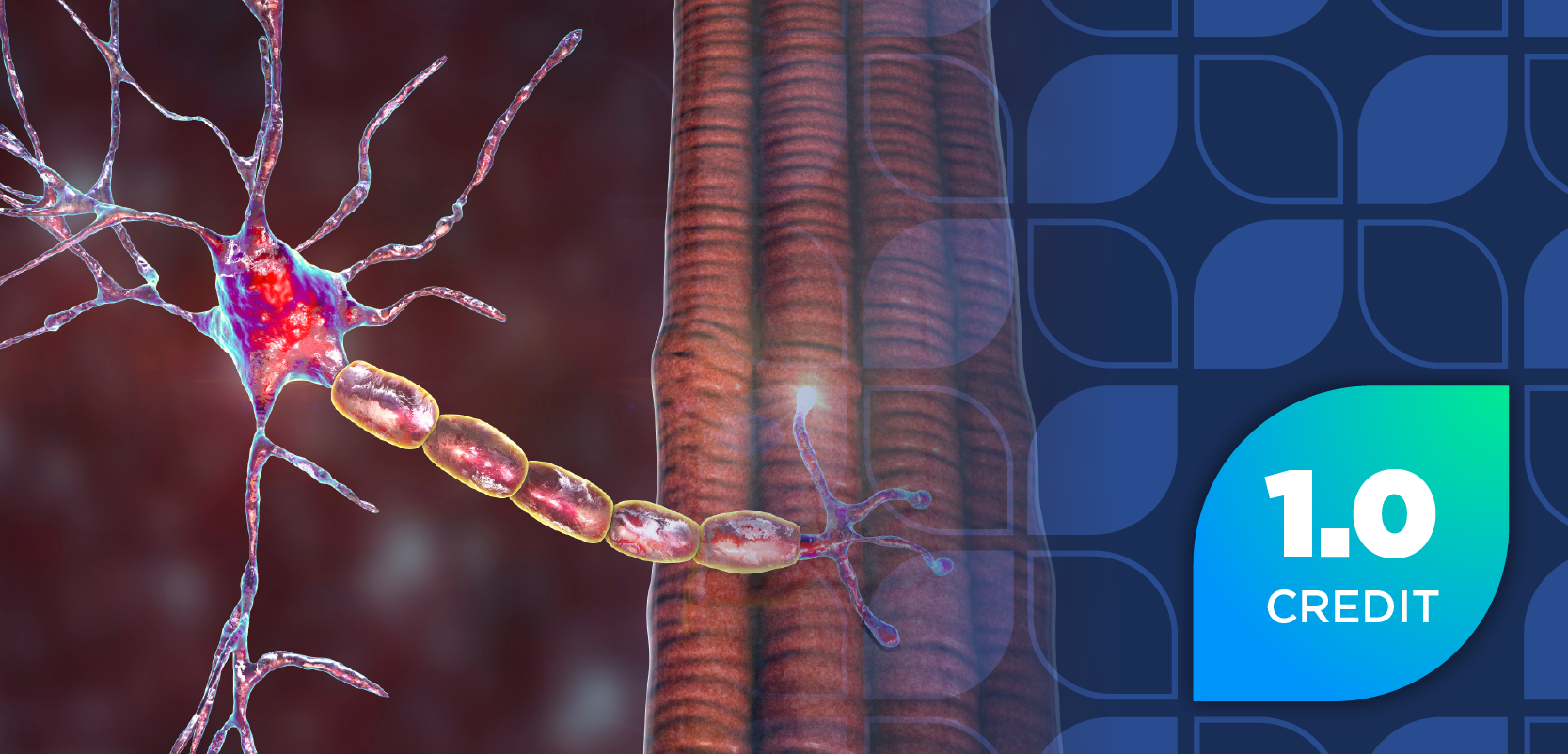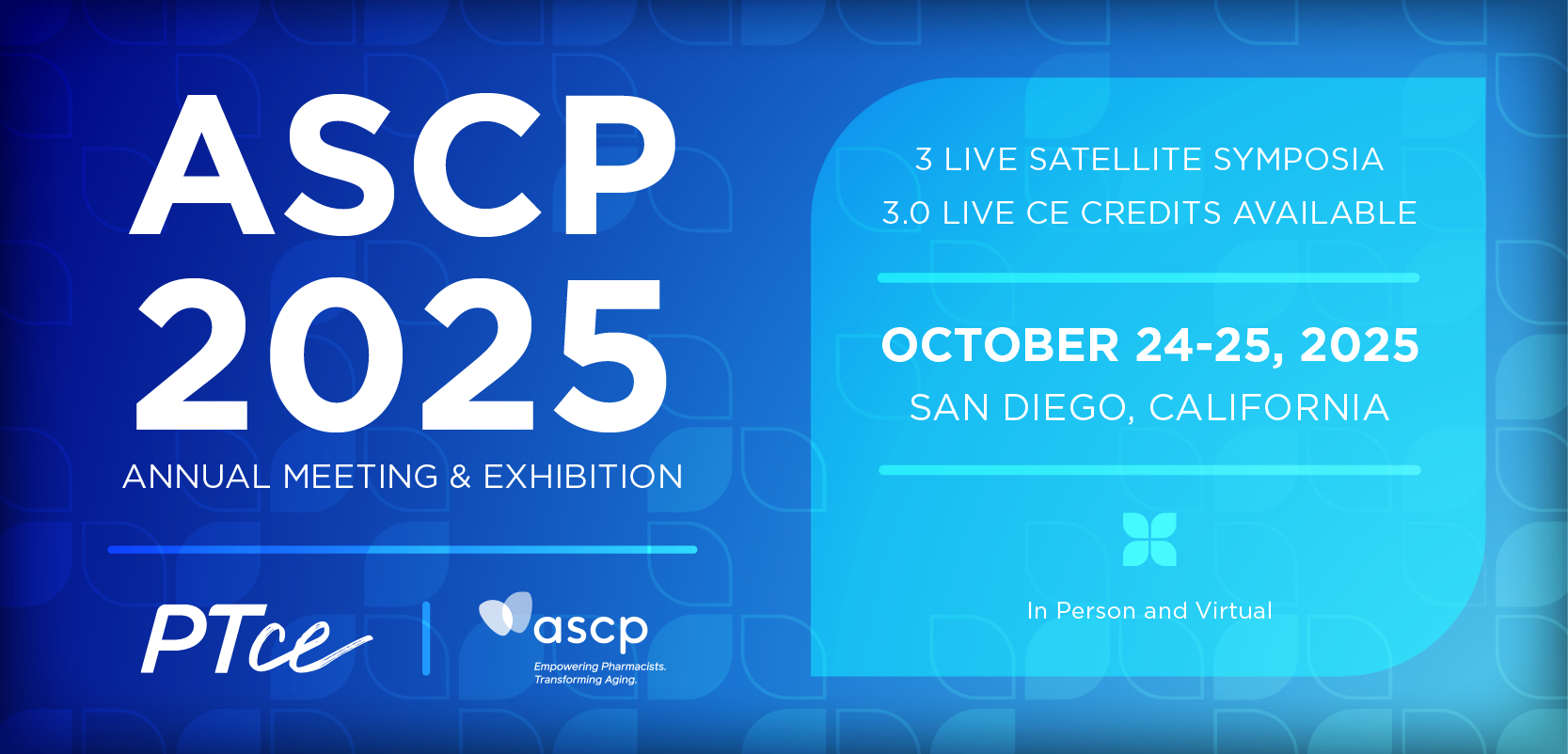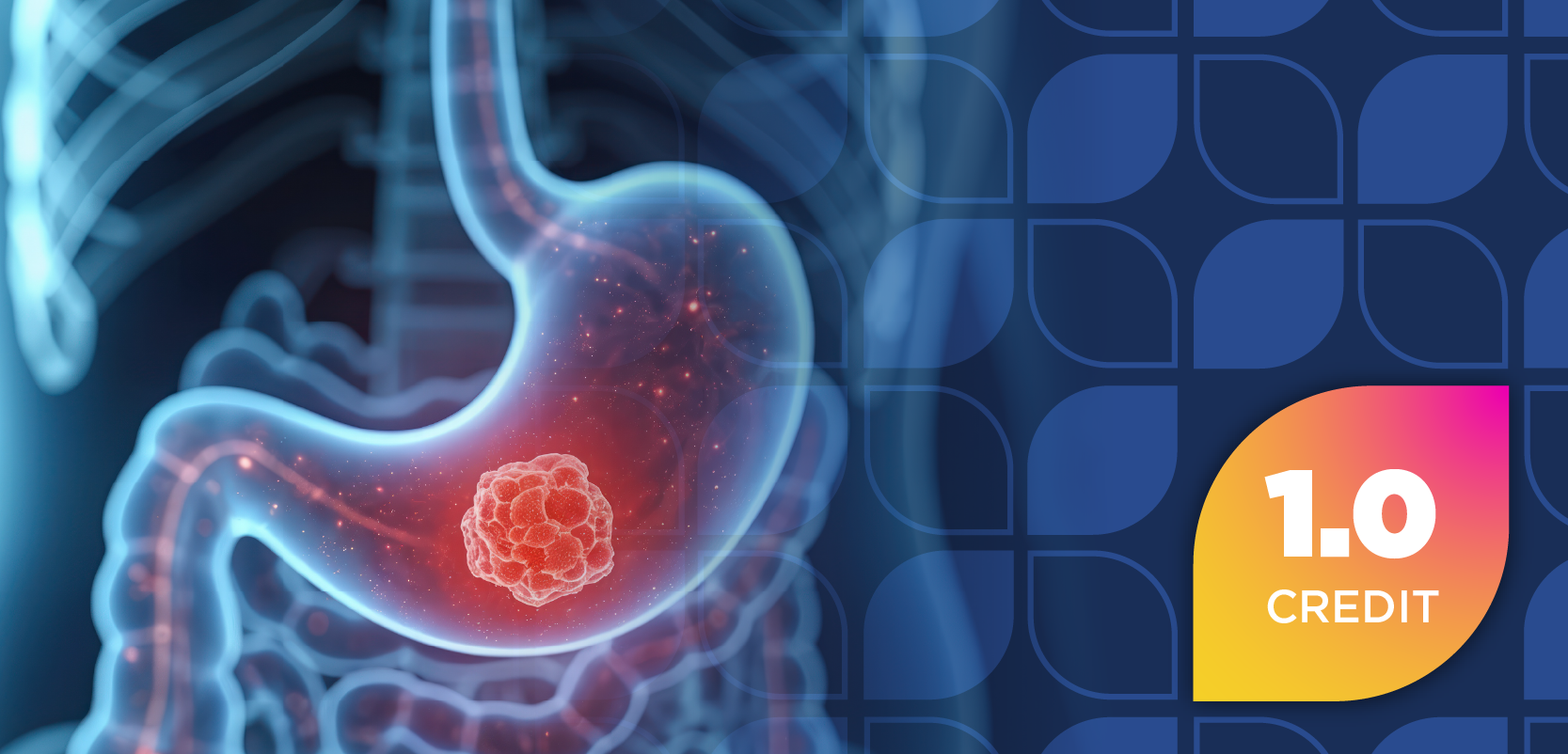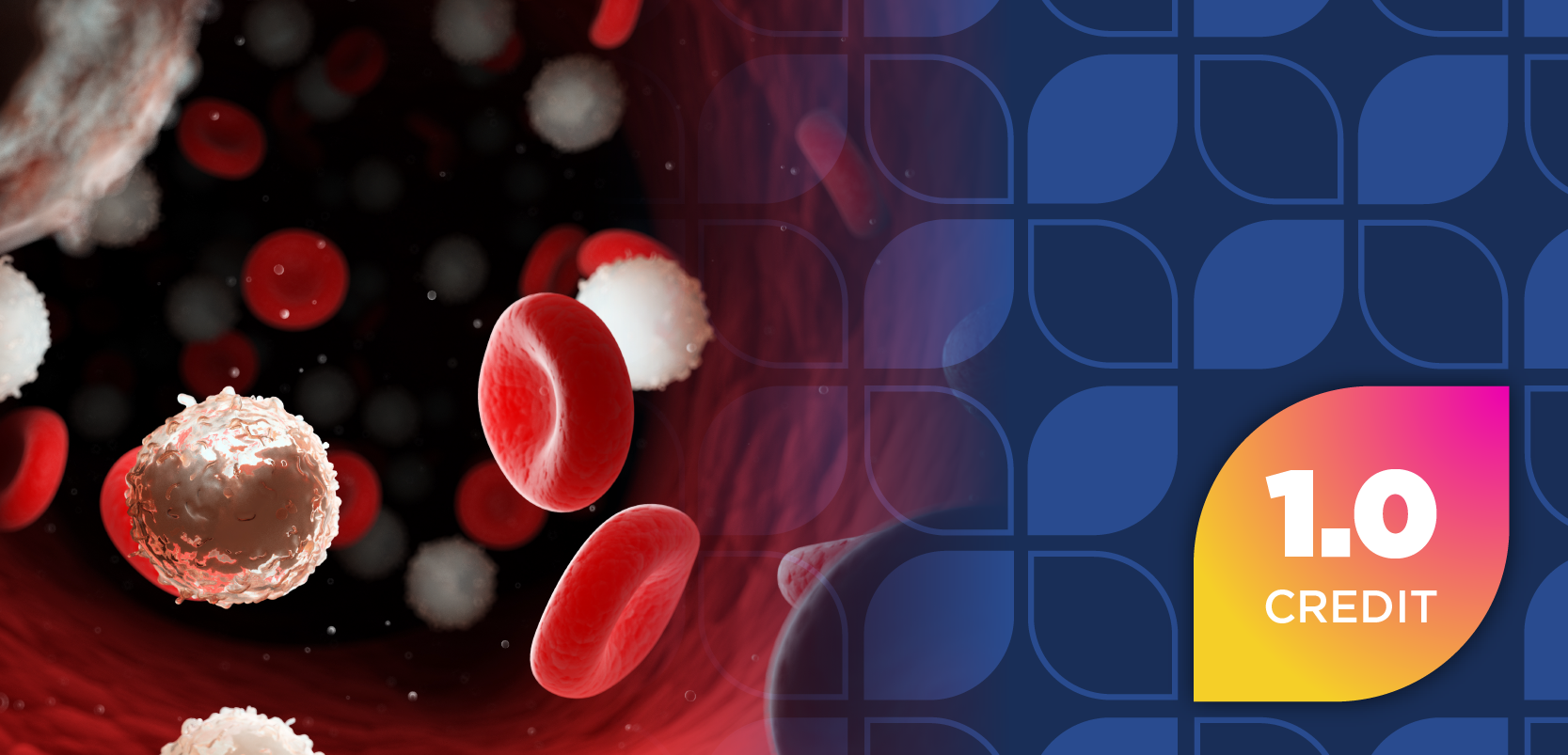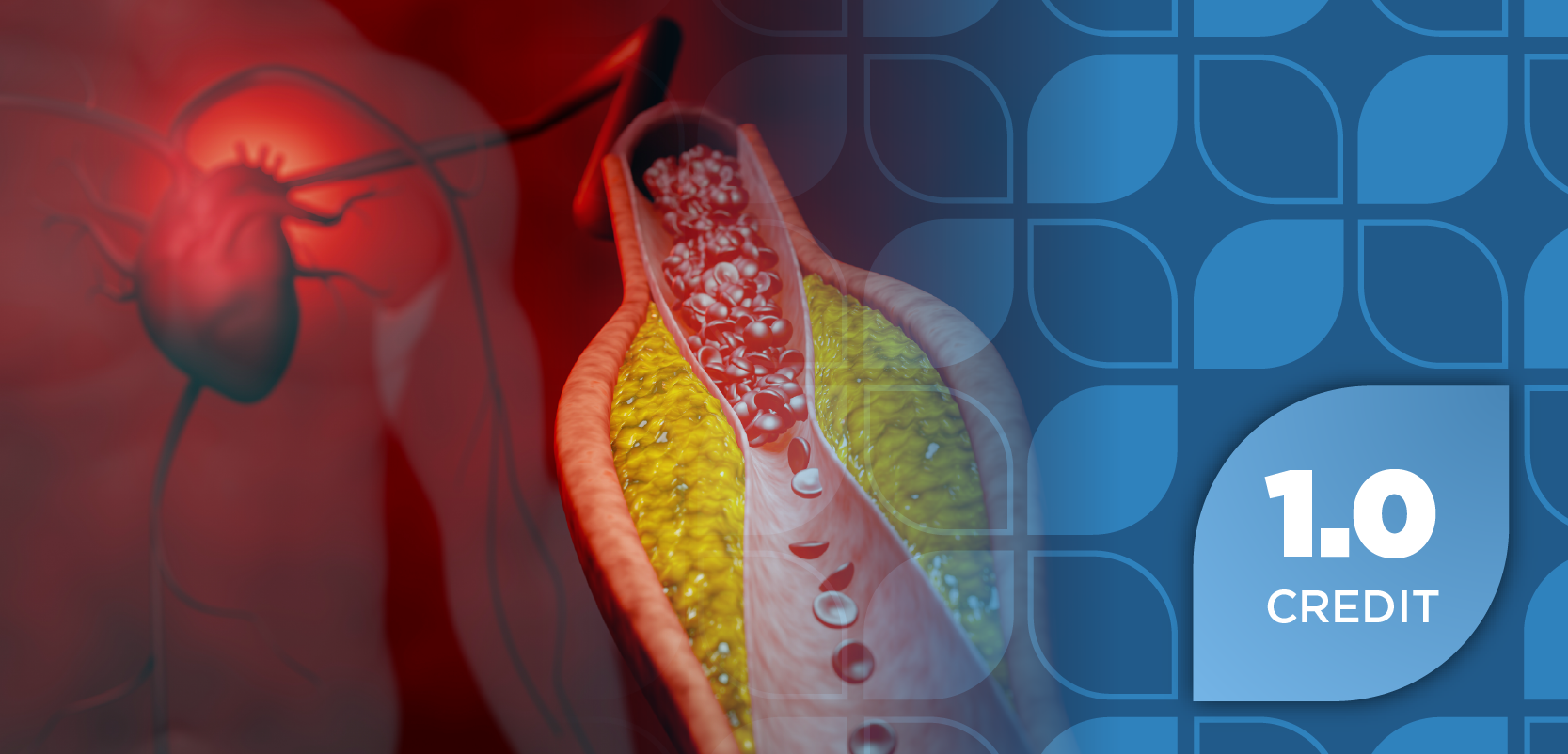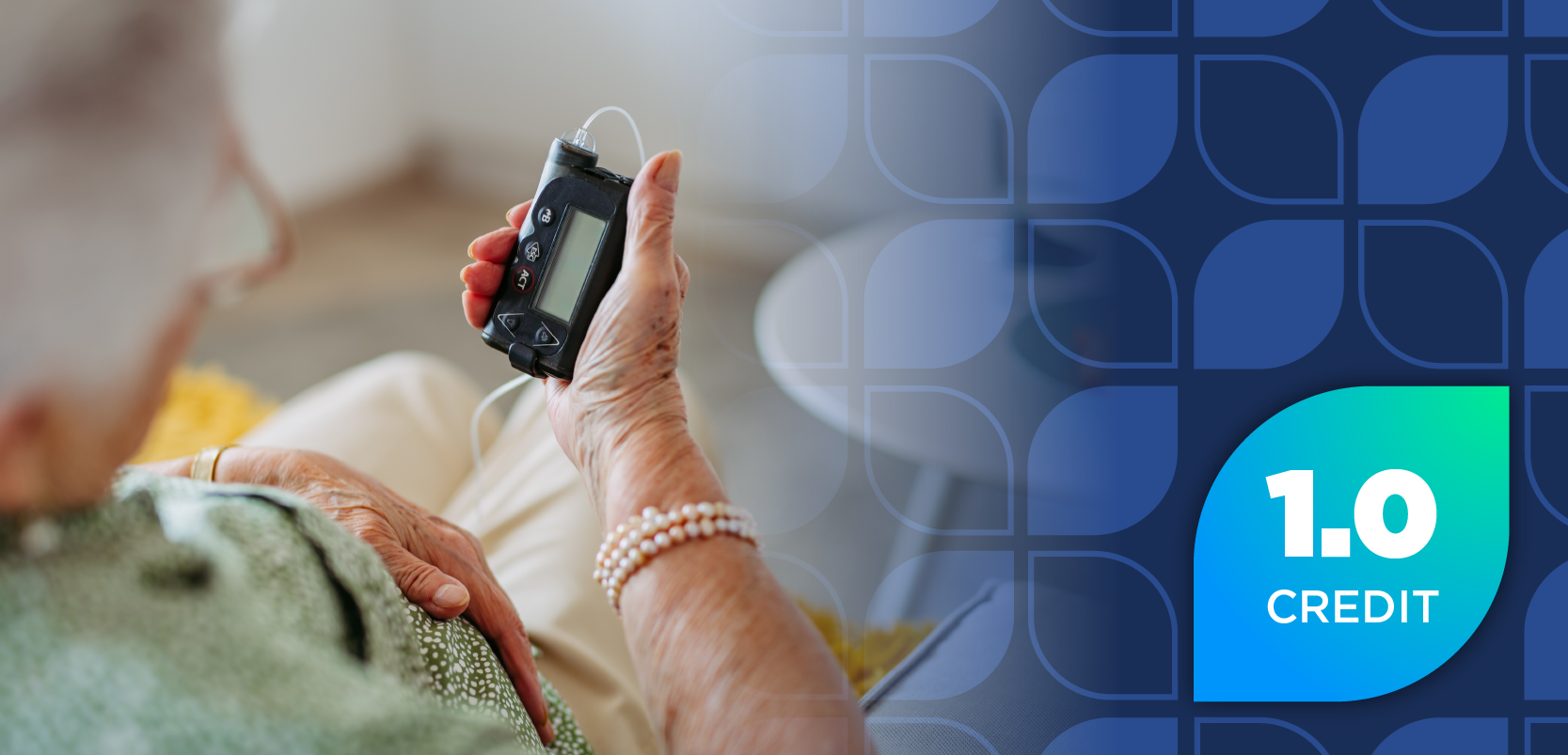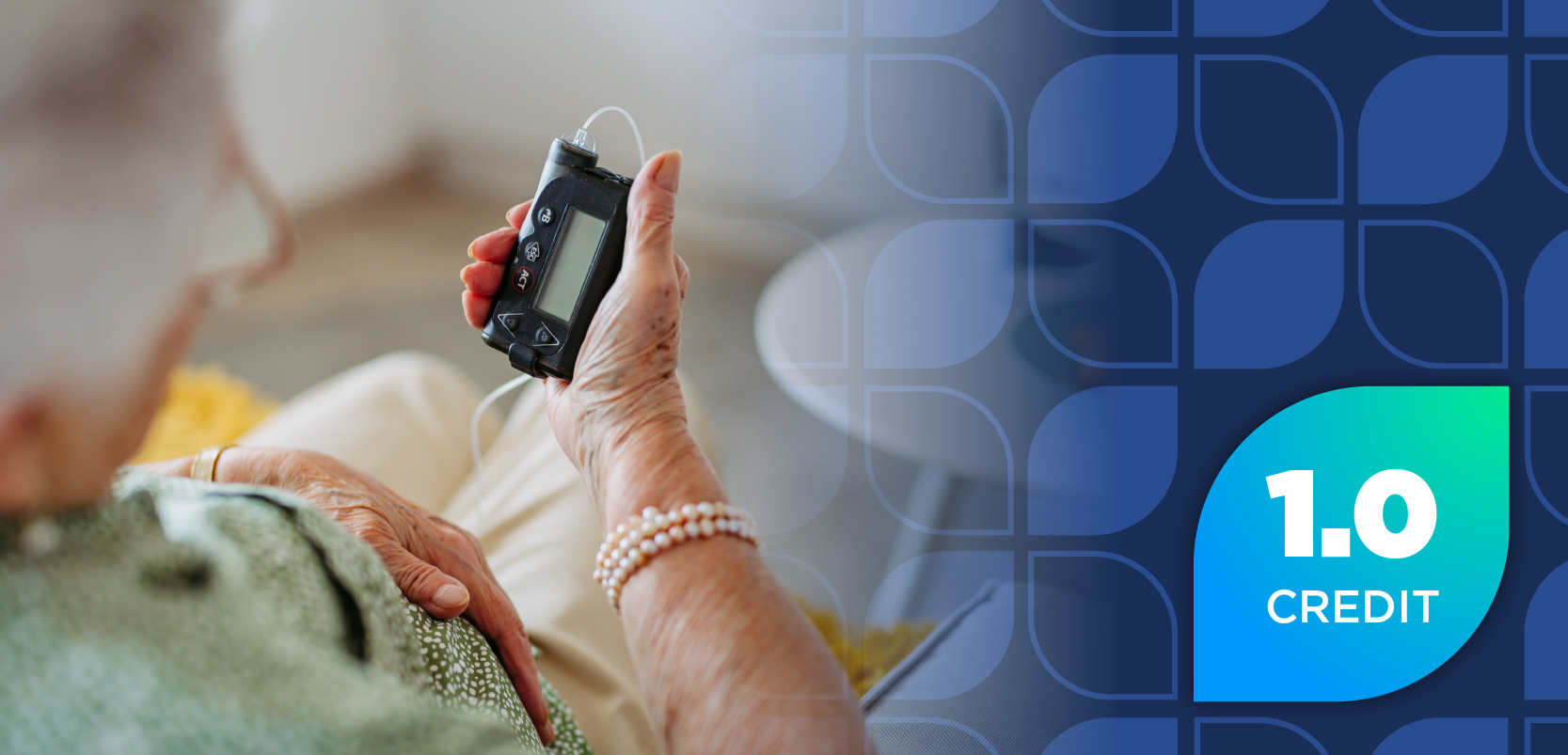
FDA Reviews Plozasiran: A Potential First-in-Class Therapy for Familial Chylomicronemia Syndrome
Key Takeaways
- Plozasiran significantly reduces triglyceride levels and pancreatitis risk in FCS patients, as shown in the phase 3 PALISADE trial.
- The FDA has accepted the new drug application for plozasiran, with a PDUFA target action date of November 18, 2025.
Plozasiran significantly reduces triglyceride levels and pancreatitis risk in FCS patients, offering hope for effective treatment options.
Familial chylomicronemia disorder (FCS) is a rare and life-threatening genetic disorder marked by extremely high triglyceride (TG) levels, often over 880 mg/dL. Patients with FCS go through many cases of acute pancreatitis, which can be fatal, as well as continual abdominal pain and significant impairment of quality of life. Current management strategies are limited to strict diets, eating very low-fat, and using triglyceride-lowering drugs that only have a small benefit. The lack of effective therapies highlights the substantial unmet need for new treatment options.1
Plozasiran (Arrowhead) is an investigational RNA interference (RNAi) drug that targets apolipoprotein C-III (APOC3), a main regulator in triglyceride metabolism. By reducing APOC3, plozasiran helps remove triglyceride-rich lipoproteins and addresses the main metabolic issue in FCS.2 The key phase 3 PALISADE trial (NCT05089084) provided the most comprehensive evidence to date of plozasiran's power to change how we treat FCS.2
Phase 3 PALISADE Results
The PALISADE trial enrolled 75 adults with genetically or clinically diagnosed FCS. The patients received either plozasiran (25 mg or 50 mg) or a placebo, administered subcutaneously every 3 months for 1 year. By the primary end point at month 10, median triglyceride levels were reduced by 80% with the 25 mg dose and 78% with the 50 mg dose, but only 17% with the placebo. APOC3 reductions were high as well, with 93% and 96% less in the groups getting plozasiran and just 1% less with the placebo.2
Most importantly, plozasiran reduced the risk of acute pancreatitis. Only 2 patients who received plozasiran experienced pain episodes during the study period, compared with 7 in the placebo group. This showed an 83% risk reduction (odds ratio 0.17; P = .03), a critical clinical benefit given that pancreatitis remains the most dangerous complication of FCS.²
Safety results were also encouraging. The overall frequency of adverse events (AEs), including abdominal pain, headache, nausea, and nasopharyngitis, was similar across all groups, while serious AEs were more common in placebo recipients. Hyperglycemia was reported only in patients with pre-existing diabetes or pre-diabetes, suggesting that routine monitoring may be sufficient for those at risk.²
FDA Acceptance of New Drug Application
Adding to these results, Arrowhead announced in January that the FDA had accepted its new drug application (NDA) for plozasiran for the treatment of FCS. The application was supported by the PALISADE trial findings, and the FDA assigned a Prescription Drug User Fee Act (PDUFA) target action date of November 18, 2025. As of this release, there are no plans for an advisory committee meeting, which could mean confidence in the data's strength.³ Plozasiran has also received many important regulatory decisions, such as breakthrough therapy, fast track, and orphan drug status in the US, as well as Orphan designation in Europe.²
Pharmacist Considerations
For pharmacists, the implications of plozasiran’s development are significant. Although not yet approved, plozasiran represents a potential first-in-class therapy for patients with FCS, offering a treatment option that could dramatically reduce triglyceride levels and lower the risk of pancreatitis. Pharmacists should remain vigilant in counseling patients that plozasiran is still investigational and that dietary restrictions remain essential in the management of FCS.
Pharmacists should also prepare for its possible approval by understanding its mechanism of action, quarterly dosing schedule, and monitoring requirements, particularly in patients with comorbid diabetes. They will also play a central role in educating patients and clinicians about how this RNAi therapy differs from traditional lipid-lowering strategies and how it could be integrated into future treatment algorithms.
Expanding Potential Beyond FCS
The healing power of plozasiran may expand beyond FCS. Arrowhead is running additional phase 3 trials under the SUMMIT plan, such as SHASTA-3 (NCT06347003), SHASTA-4 (NCT06347016), and MUIR-3 (NCT06347133). They are looking at plozasiran in patients with severe hypertriglyceridemia and mixed hyperlipidemia. All patients are enrolled and the first test results are set to be released starting in 2026.4 If successful, plozasiran could help more patients who are at risk of cardiovascular and metabolic complications related to elevated triglycerides.
Conclusion
Plozasiran demonstrates significant reductions in triglyceride levels and pancreatitis risk with a favorable safety record in the PALISADE study.2 With the FDA accepting its NDA and a PDUFA date set for later this year, plozasiran could shortly be the first approved treatment for FCS. Pharmacists will lead the way to make sure this is appropriately integrated into clinical use, guiding both patients and providers as they enter a new phase in managing FCS.
REFERENCES
Arrowhead Pharmaceuticals Presents New Pivotal Phase 3 Data at ESC 2024 from PALISADE Study of Plozasiran in Patients with Familial Chylomicronemia Syndrome - Arrowhead Pharmaceuticals, Inc. Arrowhead Pharmaceuticals, Inc. Published 2024.
https://arrowheadpharma.com/news-press/arrowhead-pharmaceuticals-presents-new-pivotal-phase-3-data-at-esc-2024-from-palisade-study-of-plozasiran-in-patients-with-familial-chylomicronemia-syndrome/ Watts GF, Rosenson RS, Hegele RA, et al. Plozasiran for Managing Persistent Chylomicronemia and Pancreatitis Risk. New England Journal of Medicine. Published online September 2, 2024. doi:10.1056/nejmoa2409368
Arrowhead Pharmaceuticals Announces Acceptance of New Drug Application by U.S. FDA of Plozasiran for the Treatment of Familial Chylomicronemia Syndrome | Arrowhead Pharmaceuticals Inc. Arrowhead Pharmaceuticals Inc. Published 2025.
https://ir.arrowheadpharma.com/news-releases/news-release-details/arrowhead-pharmaceuticals-announces-acceptance-new-drug Arrowhead Pharmaceuticals Completes Enrollment in SHASTA-3, SHASTA-4, and MUIR-3 Phase 3 Studies of Plozasiran - Arrowhead Pharmaceuticals, Inc. Arrowhead Pharmaceuticals, Inc. Published 2025. Accessed August 18, 2025.
https://arrowheadpharma.com/news-press/arrowhead-pharmaceuticals-completes-enrollment-in-shasta-3-shasta-4-and-muir-3-phase-3-studies-of-plozasiran/ Study of ARO-APOC3 (Plozasiran) in Adults With Familial Chylomicronemia Syndrome (FCS) (PALISADE). Accessed August 18, 2025. Published April 30, 2025. https://clinicaltrials.gov/study/NCT05089084
Newsletter
Stay informed on drug updates, treatment guidelines, and pharmacy practice trends—subscribe to Pharmacy Times for weekly clinical insights.


